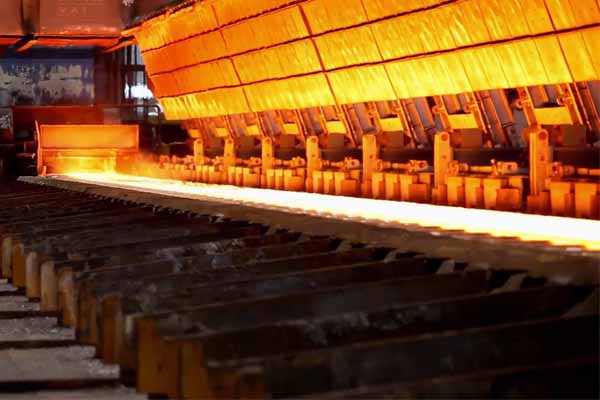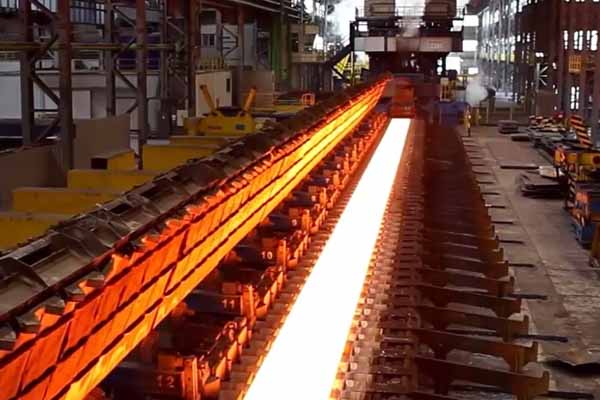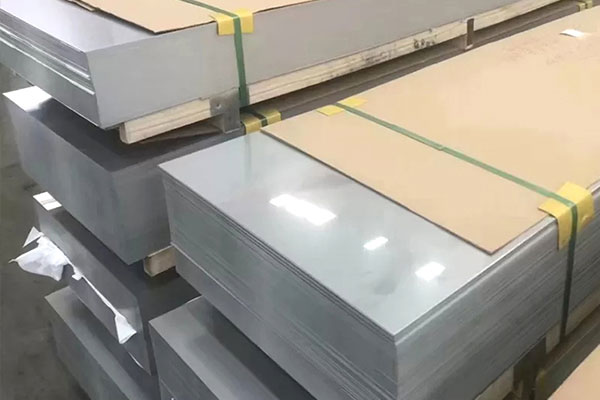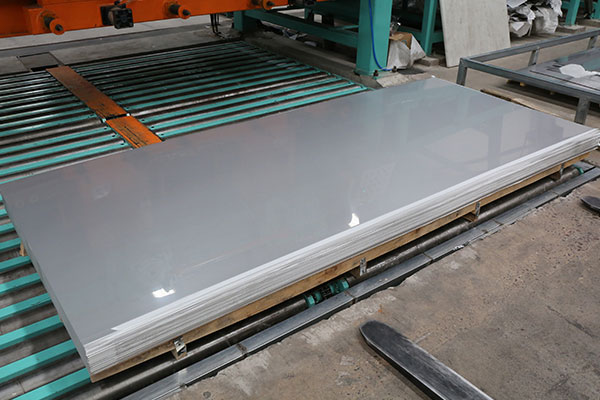What is the Difference Between Stainless Steel of 304 and 316?
Date:2023-02-10View:1283Tags:Ronsco, Stainless Steel Manufacturer, Stainless Steel 304, Stainless Steel 316
Since the 20th century,stainless steel has been widely popular in various fields of the national economy. Looking around, it is everywhere in life.For example, stainless steel bowls, stainless steel spoons, stainless steel thermos cups, etc. Stainless steel of 304 and 316 are austenitic that we often use, whichhave different models. Thereby, they will inevitably be different in performance, application areas and other aspects. Next, let's take a look at the difference between the two.
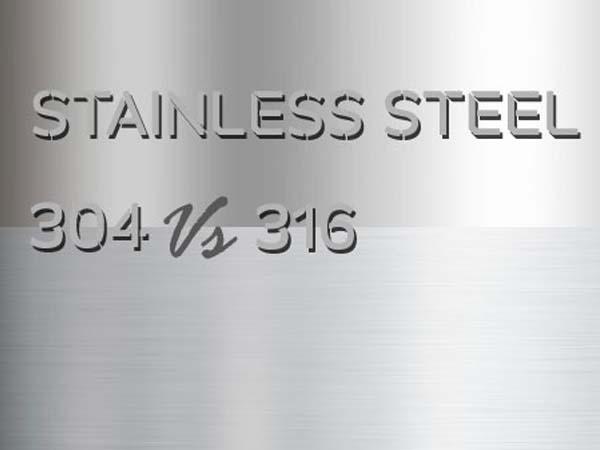
|
|
304 Stainless Steel
|
316 Stainless Steel
|
|
Performance
|
Corrosion resistant to sulfuric acid, phosphoric acid, urea, etc. It is suitable for environment where water, wine, milk, etc. are less corrosive or do not directly contact with materials.
|
Molybdenum has been added,which can improve its resistance to intergranular corrosion and oxide stress corrosion significantly. As well as reducing the tendency of hot cracking during welding.
|
|
Application Field
|
It is usually used in our appliances and home containers. The equipment of food, general chemical and atomic energy industry, etc. Meanwhile, it is also often used in daily life, such as kettle, chopsticks.
|
It is widely used in petroleum, chemical, medical, food, light industry, mechanical instrumentation and other industrial pipelines and mechanical structural components.
|
|
Main Ingredient
|
Nickel content about 9%.
|
Nickel content about12%.
|
|
Price
|
On the market, the price of 316 is more than twice that of 304, because the addition of higher nickel content and molybdenum elements.
|
|
Corrosion Resistance
|
Corrosion-resistant molybdenum has been added in 316, so the corrosion resistance of 316 is better than 304, when the chloride ion content is higher.
|
|
Acid Resistance
|
The acid resistance of 316 stainless steel is stronger than 314.However, for our daily life, 304 stainless steel can already meet our needs. And 304 is also a stainless steel material that fully meets the edible standard.
|
|
Heat resistance
|
The melting range of 304 stainless steel is higher than that of 316. It may corrode when used continuously in a high temperature environment of 425-860°C. The best performs of 316 is at the temperatures above 843°C and below 454°C.
|
|
Grade
|
06Cr19Ni10
|
0Cr17Ni12Mo2
|
In fact, stainless steel of 304 and 316 are used interchangeably in many fields. For daily household products, both materials are meet national standards and have a certain degree of safety. However, in the face of some special foods, 304 stainless steel will not be suitable in carbonated drinks, white vinegar, coffee, etc. At the moment, 316 stainless steel should appear. If you produce products that are regularly exposed to chemicals or marine environments, 316 will be a better choice. If the product does not require strong corrosion resistance, 304 will be a more practical and economical choice.
 English
English Русский
Русский


